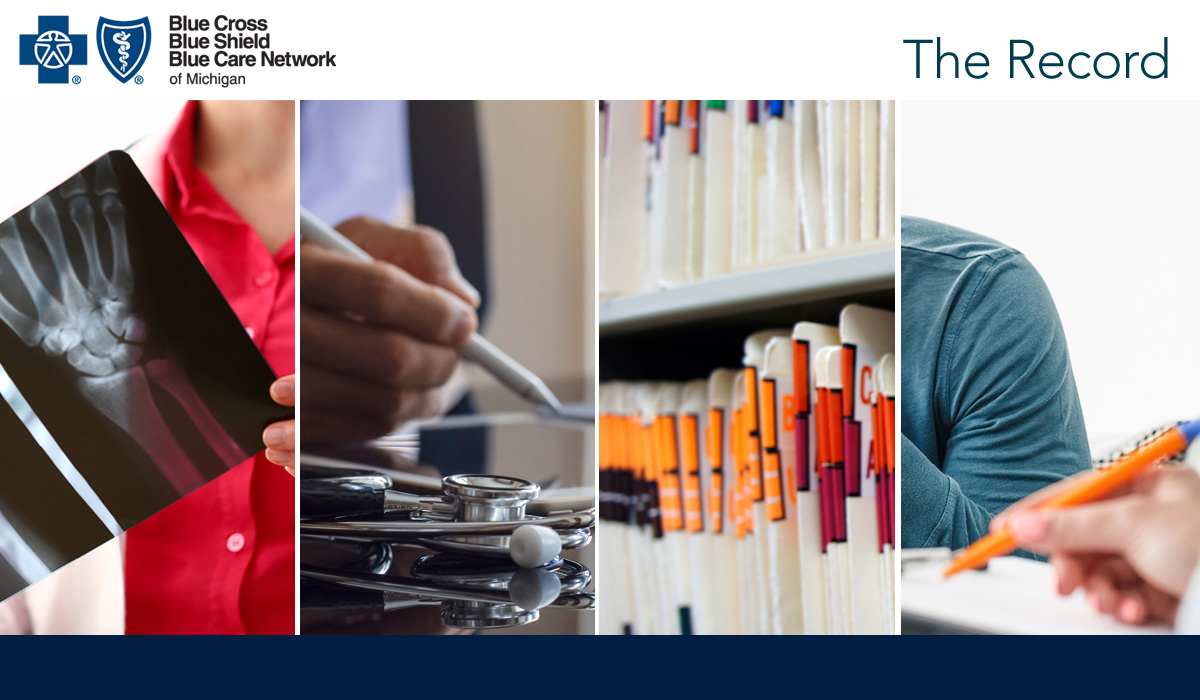
Forward to a friend |
Subscribe | The Record Archive | Contacts | bcbsm.com | Print this article
|
June 2025
Do you have time for a Quality Minute about kidney health?This is another article in an ongoing series of quick tips designed to be read in 60 seconds or less and provide your practice with information about performance in key areas. Kidney Health Evaluation for Patients with Diabetes (KED) Did you know that kidney disease affects 35.5 million adults in the U.S., but 90% of them don’t know they have it? The HEDIS® measure Kidney Health Evaluation for Patients with Diabetes (KED) was developed to improve kidney disease testing in people with diabetes, because diabetes is a key risk factor for developing kidney disease. Tips to successfully close the KED gap
HEDIS®, which stands for Healthcare Effectiveness Data and Information Set, is a registered trademark of the National Committee for Quality Assurance or NCQA. |
|
No portion of this publication may be copied without the express written permission of Blue Cross Blue Shield of Michigan, except that BCBSM participating health care providers may make copies for their personal use. In no event may any portion of this publication be copied or reprinted and used for commercial purposes by any party other than BCBSM.
|